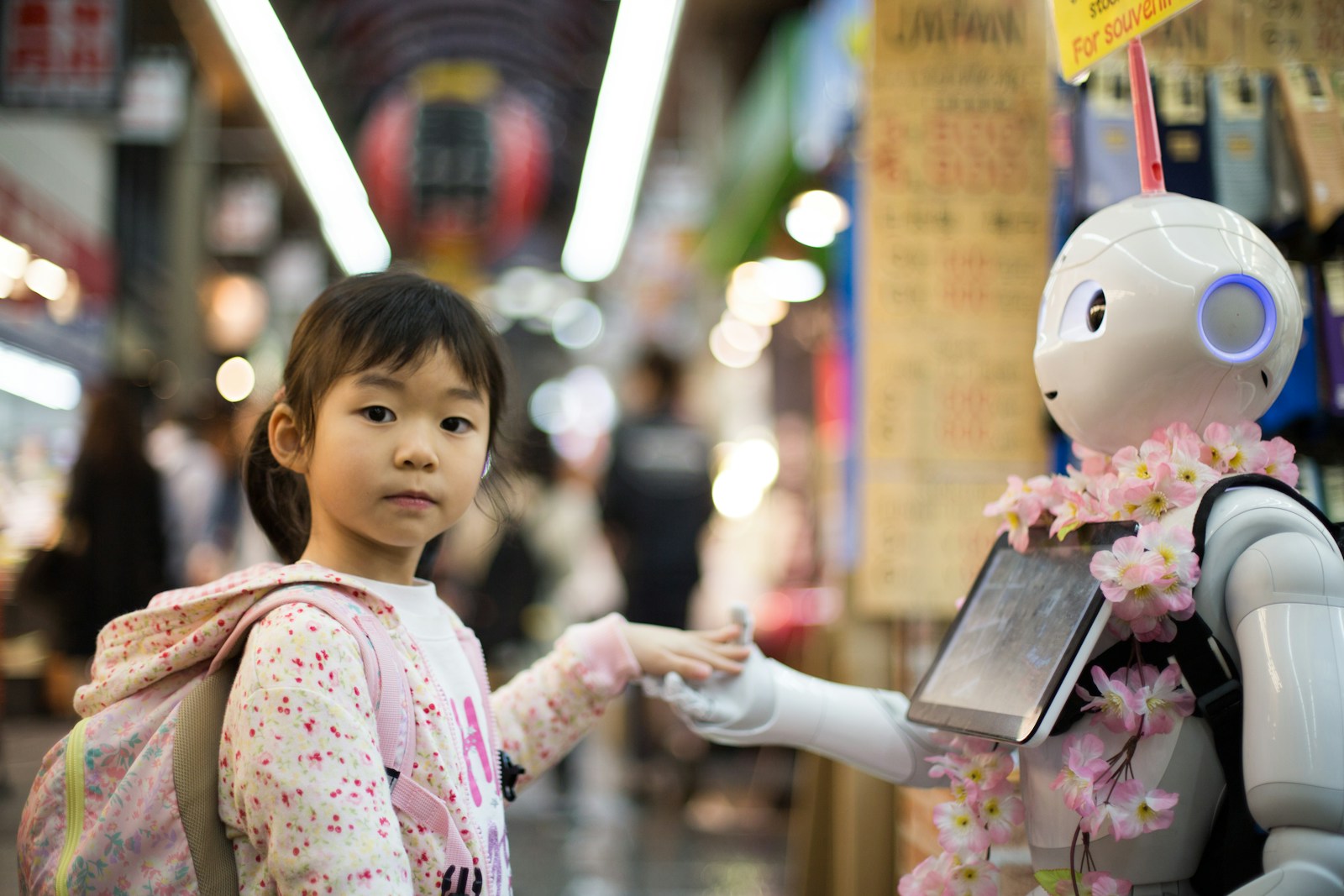In an era where customer experience is paramount, businesses are turning to innovative technologies to enhance their customer service offerings. Automation, chatbots, and artificial intelligence (AI) are at the forefront of this transformation, providing efficient, effective, and personalized service solutions. Here’s a closer look at how these technologies are revolutionizing customer service.
Customer Service Automation: Enhancing Efficiency and Consistency
Customer service automation involves using technology to perform tasks that traditionally required human intervention. This can include anything from answering frequently asked questions to processing orders and handling returns. The benefits of automation in customer service are manifold:
- Increased Efficiency: Automation handles repetitive tasks quickly and accurately, freeing up human agents to focus on more complex issues. This leads to faster response times and resolution rates.
- Consistency: Automated systems provide uniform responses, ensuring customers receive the same level of service regardless of when or how they contact the company.
- Scalability: Automation allows businesses to scale their customer service operations easily, managing high volumes of inquiries without compromising quality.
Chatbots: The Frontline of Automated Customer Interaction
Chatbots are software applications that simulate human conversation, providing instant responses to customer inquiries. They are an integral part of customer service automation, offering several advantages:
- 24/7 Availability: Chatbots provide round-the-clock support, ensuring customers can get assistance at any time of the day or night.
- Instant Responses: By instantly answering queries, chatbots reduce wait times and improve customer satisfaction.
- Cost-Effective: Implementing chatbots can significantly reduce customer service costs by handling a large portion of inquiries without human intervention.
Types of Chatbots
- Rule-Based Chatbots: These chatbots operate on predefined rules and are best suited for handling simple, straightforward queries. They follow a script and guide users through a series of options to find the answer they need.
- AI-Powered Chatbots: These chatbots leverage artificial intelligence to understand and respond to more complex queries. They use natural language processing (NLP) to interpret user inputs and machine learning to improve over time.
Artificial Intelligence: Transforming Customer Service with Data-Driven Insights
AI goes beyond simple automation, bringing intelligence to customer service operations. By analyzing vast amounts of data, AI can provide deeper insights and more personalized interactions. Here’s how AI is transforming customer service:
- Predictive Analytics: AI can analyze customer data to predict future behavior and identify potential issues before they arise. This allows businesses to proactively address customer needs and improve satisfaction.
- Personalization: AI can customize interactions based on individual customer preferences and past behavior, providing a more tailored experience. For example, AI can recommend products based on previous purchases or browsing history.
- Sentiment Analysis: AI can analyze customer feedback to determine the overall sentiment, helping businesses understand how customers feel about their products and services. This insight can be used to make improvements and enhance the customer experience.
The Synergy of Automation, Chatbots, and AI
When combined, automation, chatbots, and AI create a powerful trifecta that enhances customer service capabilities. Here’s how they work together:
- Seamless Integration: Automation handles routine tasks, chatbots manage initial interactions, and AI provides the intelligence needed for complex inquiries and personalized responses. This seamless integration ensures a smooth and efficient customer service process.
- Omni-Channel Support: These technologies can be deployed across multiple channels, including websites, social media, and mobile apps, providing a consistent experience regardless of how customers choose to engage.
- Continuous Improvement: AI-powered chatbots and automation systems continuously learn from interactions, improving their accuracy and effectiveness over time. This means that the more they are used, the better they become at serving customers.
Real-World Examples
Many companies are already reaping the benefits of these technologies:
- Amazon: Amazon’s AI-powered customer service systems, including its chatbots, handle a significant portion of customer inquiries, allowing the company to manage its massive customer base effectively.
- Bank of America: The bank’s virtual assistant, Erica, uses AI to help customers with various banking tasks, from checking balances to making payments, providing instant and accurate assistance.
- Sephora: Sephora’s chatbots on Facebook Messenger help customers find products, book appointments, and get beauty tips, enhancing the shopping experience.
Conclusion
The integration of automation, chatbots, and AI in customer service is not just a trend but a necessity in today’s digital age. These technologies enhance efficiency, provide instant and personalized responses, and enable businesses to scale their operations effortlessly. By adopting these tools, businesses can significantly improve their customer service offerings, leading to higher customer satisfaction and loyalty.
As the technology continues to evolve, the potential for even greater improvements in customer service is immense. Businesses that embrace these innovations today will be well-positioned to meet the demands of tomorrow’s customers.

